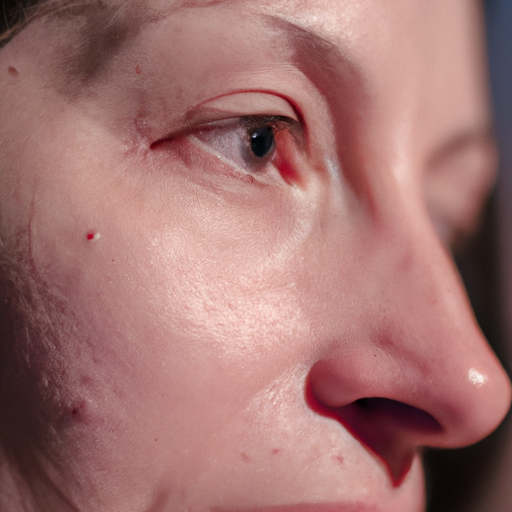As a medical professional, I am often asked about the best ways to maintain healthy skin. One of the most common misconceptions I encounter is the belief that moisture and hydration are interchangeable terms when it comes to skincare. However, understanding the difference between these two concepts is crucial for maintaining optimal skin health. So, let’s decode your skin’s thirst and understand its moisture versus hydration needs.
Firstly, it’s important to understand that our skin is the largest organ of our body and acts as a protective barrier against environmental aggressors. It is composed of multiple layers, each with its unique function and needs. The outermost layer, known as the stratum corneum, is primarily responsible for maintaining the skin’s moisture and hydration levels.
Moisture refers to the oil content on your skin surface. It is produced by sebaceous glands and helps to create a protective layer that prevents water loss from the deeper layers of the skin. Moisture is essential for maintaining the skin’s elasticity and suppleness. When your skin lacks moisture, it can appear dull, rough, and may even develop fine lines and wrinkles.
On the other hand, hydration refers to the water content within your skin cells. Hydrated skin cells are plump and firm, giving your skin a youthful and radiant appearance. Dehydrated skin can appear tight, flaky, and may be more prone to irritation and sensitivity.
Now that we’ve distinguished between moisture and hydration let’s discuss how to cater to your skin’s needs effectively.
For maintaining moisture levels, look for products that contain emollients like plant oils, shea butter, or ceramides. These ingredients help to replenish the skin’s natural oils and reinforce its protective barrier. If you have oily or acne-prone skin, opt for non-comedogenic oils like jojoba or squalane that won’t clog your pores.
To boost your skin’s hydration, look for products with humectants like hyaluronic acid or glycerin. These ingredients attract water molecules and help to lock them into your skin cells. Drinking plenty of water and maintaining a healthy diet rich in fruits and vegetables can also help to keep your skin cells well-hydrated from within.
In conclusion, understanding the difference between moisture and hydration is the first step towards achieving healthy, glowing skin. It’s important to remember that everyone’s skin is unique, and what works for one person may not work for another. Therefore, it’s always beneficial to consult with a dermatologist or skincare professional to determine the best skincare routine for your individual needs.
Remember, your skin’s thirst for moisture and hydration is a continuous process. It’s not just about applying the right products but also about maintaining a healthy lifestyle and diet. So, listen to your skin, understand its needs, and provide it with the care it deserves.



